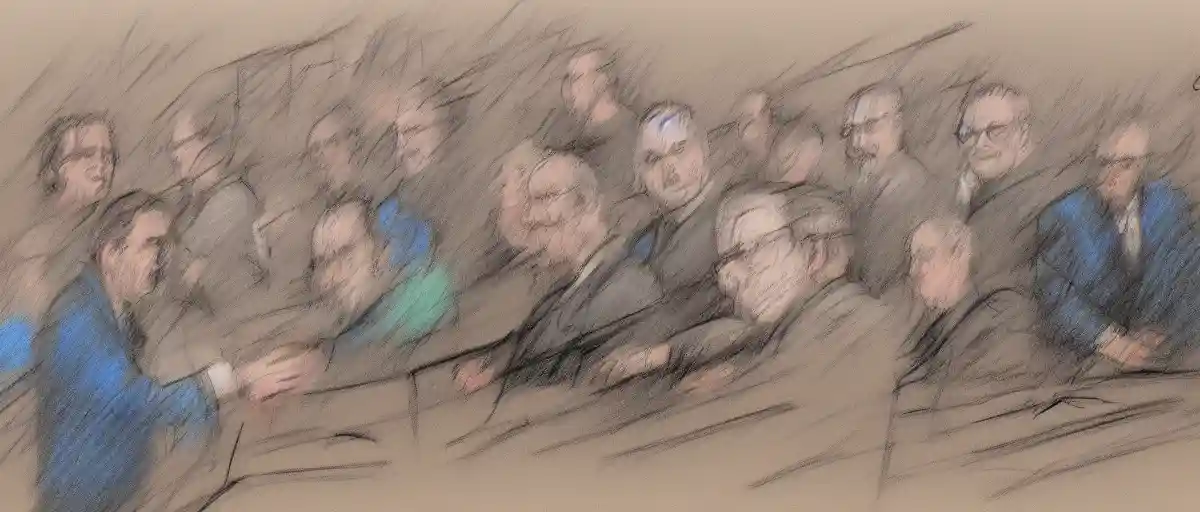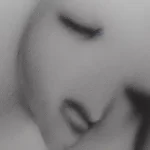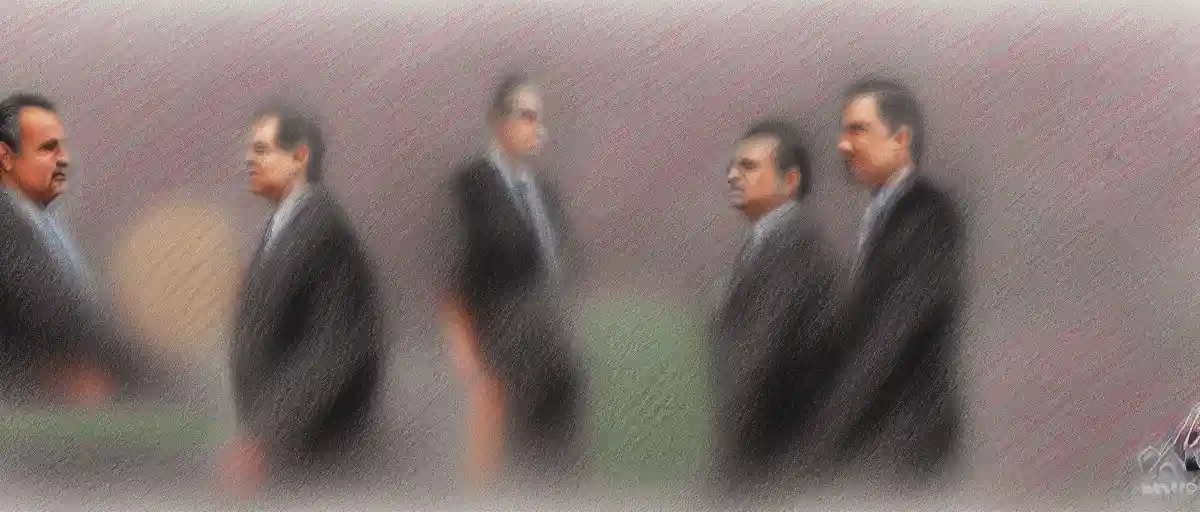This Could Pique Your Interest As Well:
“Unbelievable: How Lawmakers Manipulate Congress With This Discharge Petition Trick!”
Discharge Petitions: A Necessary Democratic Tool or an Unfair Bypass Tactic?
Discharge petitions have become a hot topic of debate in Congress, with supporters hailing them as a necessary democratic tool to ensure bills receive a fair vote, while opponents argue they represent an unfair bypass tactic that undermines the committee process. Let’s delve into both sides of the argument.
To take a different approach, proponents of discharge petitions argue that they offer a way for lawmakers to overcome the dominance of the majority party and push forward bills that enjoy significant support. By gathering the signatures of at least 218 representatives, the petition virtually forces the bill to the floor, challenging the majority’s decision. This showcases the democratic principles of allowing all voices to be heard, regardless of party lines. Advocates also point to the fact that discharge petitions are typically used in situations where a bill has garnered substantial support among members. In these cases, the petition serves as a necessary method to ensure important legislation receives the attention it deserves, rather than being buried in a committee.
Conversely, critics argue that discharge petitions are an unfair tool that undermines the established committee process. They believe that committees, consisting of elected representatives with expertise in specific policy areas, play a crucial role in scrutinizing bills and ensuring their efficacy. Discharge petitions bypass this essential step, potentially leading to hastily considered legislation that lacks proper analysis. Detractors also highlight that discharge petitions can be seen as a power move by the minority party or a group within the majority party, using procedural tactics to push their own agenda. This, they assert, undermines the principles of collaboration and compromise necessary for effective lawmaking.
While discharge petitions may be controversial, they serve as an important reminder of the intricate balancing act that is democracy. To take a different approach, they offer a channel for bills with significant support to be brought to the floor, prioritizing the voice of individual representatives over party politics. Conversely, their utilization risks relegating the committee process and its expertise to a secondary role. Ultimately, the key lies in striking a balance between ensuring all voices are heard and maintaining the necessary deliberation and scrutiny that committees provide. As with any legislative tool, the success or failure of discharge petitions rests on the integrity and intentions of those wielding them.
Here's A Video We Thought You Might Also Like:
Author Profile

- With a keen eye for fashion and beauty, I bring the latest trends and style tips to my readers, while also examining the political aspects of the fashion industry, such as sustainability and labor rights.
Latest entries
 Breaking News2023.12.18Breathtaking Allegations Surrounding US Senator The Truth Revealed!
Breaking News2023.12.18Breathtaking Allegations Surrounding US Senator The Truth Revealed! Breaking News2023.12.18Critical Proposal to Counter China’s Aggression in Taiwan Will It Work
Breaking News2023.12.18Critical Proposal to Counter China’s Aggression in Taiwan Will It Work Breaking News2023.12.15Melania Trump Delivers Powerful Message to New American Citizens Protecting Freedom is Our Duty
Breaking News2023.12.15Melania Trump Delivers Powerful Message to New American Citizens Protecting Freedom is Our Duty Breaking News2023.12.15Stupefying Revelation Top Biden Aide’s Spouse Linked to Electric Vehicle Advocacy Group!
Breaking News2023.12.15Stupefying Revelation Top Biden Aide’s Spouse Linked to Electric Vehicle Advocacy Group!






